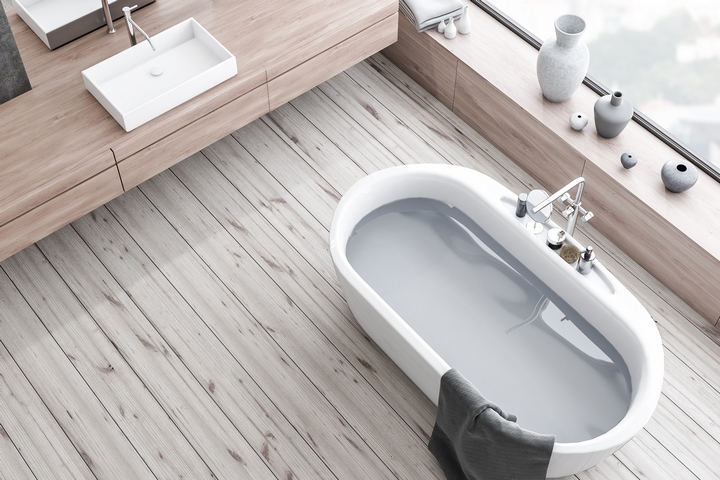There are a number of factors to consider when choosing the best types of bathroom flooring. The chief deciding factor should be functionality. Flooring for the living room, for example, is different from bathroom flooring. The living room flooring may require warmth and beauty, while the bathroom flooring require safety and durability. Besides, the best types of flooring for bathrooms should be versatile and water-resistant to withstand the effects of large volumes of water.
Below are some of the best types of flooring for bathrooms:
1. Engineered Hardwood Flooring
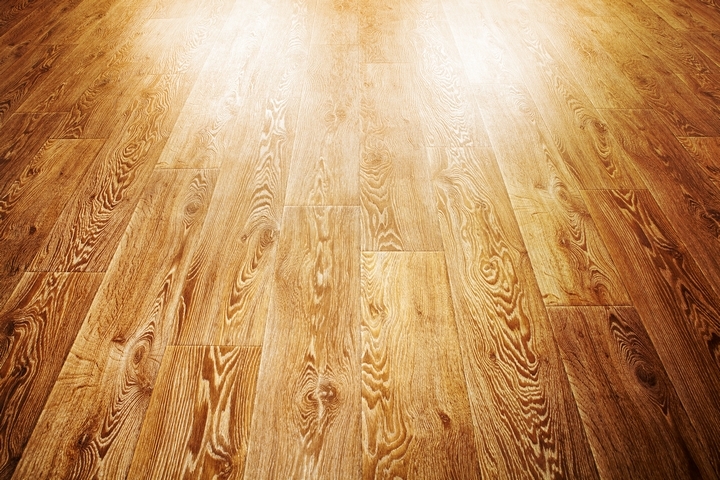
Among the flooring materials available, engineered wood is by far the best type of flooring for bathrooms. It combines the beauty of wood and the science of engineering to give you a flooring product that can withstand both heat and moisture. If your choice for the other rooms in your home is hardwood, then you will find engineered wood the perfect flooring for your bathroom.
Engineered wood comes in many colours, giving you a choice of suitable tones that blend with other colours in your home. Workmanship is key in maintaining both the aesthetic value and durability of your engineered hardwood. There is no room for shoddy workmanship since it leaves gaps on the floor that allow moisture to reduce your floor’s lifespan.
2. Porcelain Tile
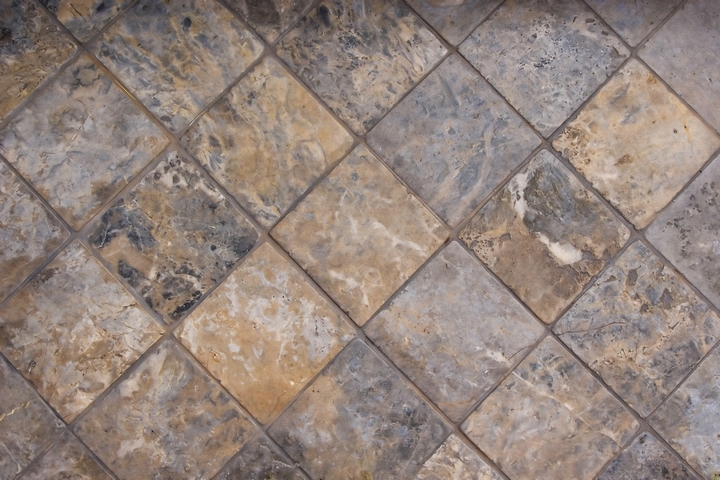
Porcelain tile is one of the best types of bathroom flooring. It is waterproof, stylish, and cost-effective; making it ideal for bathroom floors. The porcelain tile can bring out an awesome, solid feeling. Though engineered wood has the best look, porcelain tile also looks great. So, which tile is better, ceramic or porcelain?
Porcelain is a ceramic tile built to absorb water at a rate of 0.5% or less. If the bathroom area you want to floor does not have a bathing facility, you may not need porcelain tiles. Another caution while using porcelain tiles is that they are slippery. You may need to use more grout or smaller tiles to create a non-skid surface. Tiles are also cold and may need some heating, which can be costly.
3. Vinyl Sheets
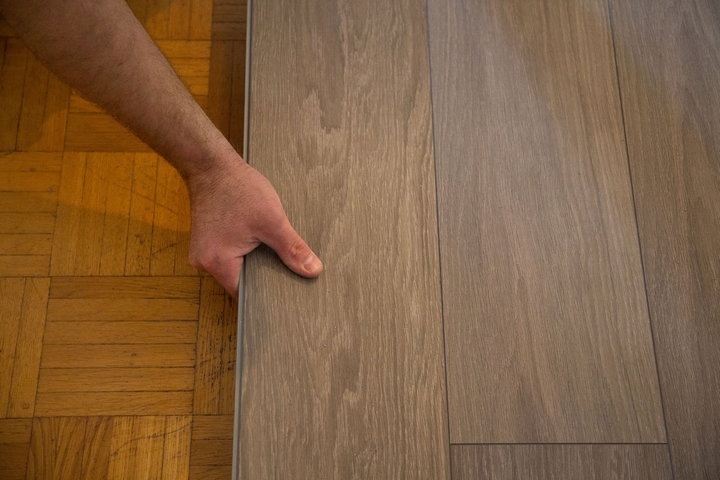
Vinyl is reasonably good-looking and is supreme in terms of functionality. It has been and still is a popular choice for bathroom flooring. Where large volumes of water are an issue, vinyl flooring makes for a very good option. Vinyl sheets come in large sizes, hence reducing the need for many seams. It is not unusual to have zero seams when used in small bathrooms.
The luxury vinyl plank flooring, which is increasingly becoming a popular choice, comes in widths of about 5 inches and lengths of up to 48 inches. This is a large enough size to fit some small bathrooms. Vinyl flooring does not require lots of expertise in fixing, which means you can do it yourself. However, not everyone is good at do-it-yourself. If you leave gaps or lay the flooring poorly, you will have messed up your floor.
4. Natural Stone
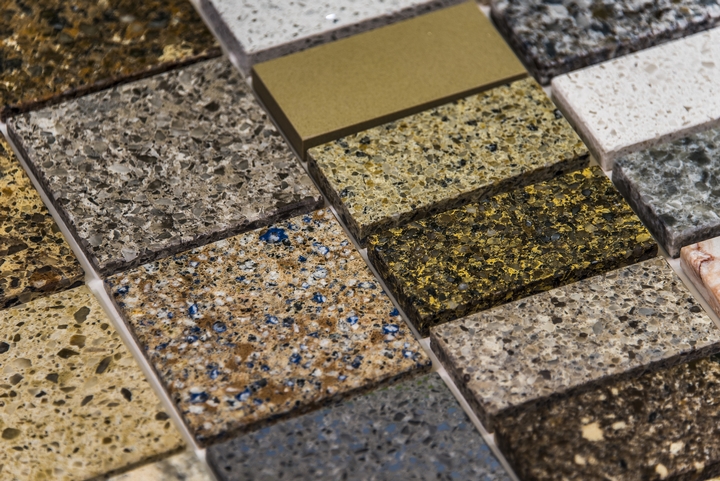
Natural stone is hard, durable and aesthetically pleasant. It is, however, an expensive choice for your bathroom. Stone flooring has excellent returns on resale value, because of its low depreciation rate. There are a few moisture problems with limestone, granite, or marble; but these are not major hindrances. Stone floors can be cold and slippery. You can, however, solve this problem by installing radiant heating.
The cost implication involved in this further escalates the cost of your home. While bathroom flooring is a generally expensive undertaking, stone flooring is even more expensive.
5. Laminate Flooring
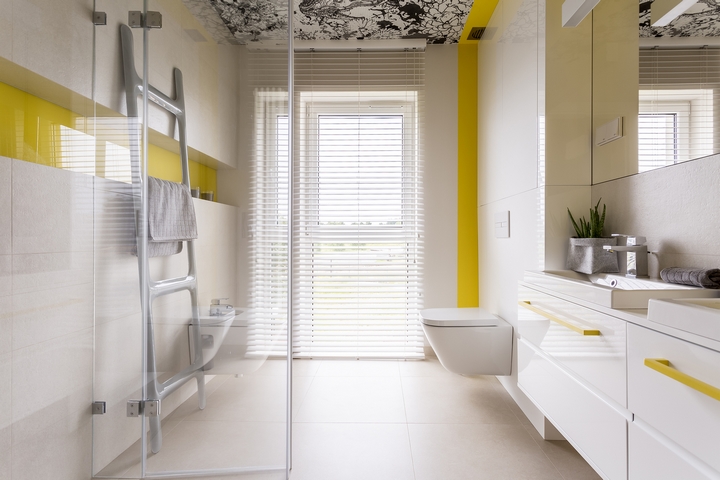
Laminate flooring is a better bathroom flooring choice than solid hardwood. The plank comes in different textures such as marble, cherry, oak, slate, or any other type of wood or stone. It is important to protect the wood base from water if you chose this option. Otherwise, it is not truly waterproof. The seams should be very tight to prevent water from penetrating.
Laminate can work in bathrooms if you are careful to protect the wood base from getting moisture. With tight seams between the planks, it is difficult for moisture to work its way downward. They are easy to clean too, but be careful so the water does not reach the wood base.
6. Linoleum Flooring
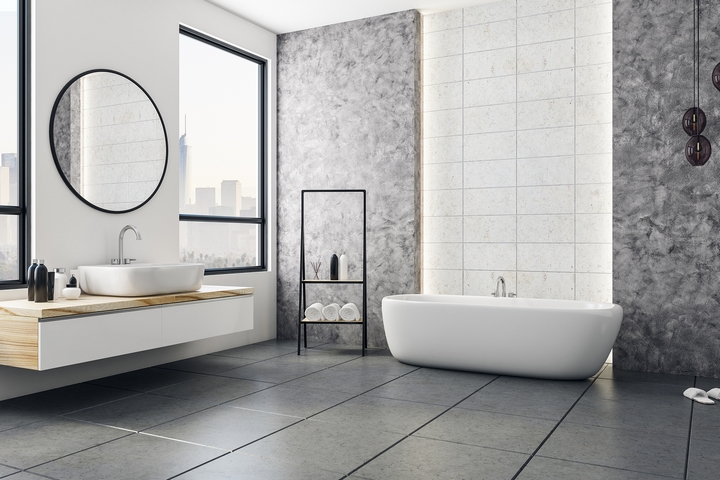
Since it is oil-based, linoleum is better at repelling water than laminate or hardwood flooring. The only drawback is that linoleum tiles have seams that allow moisture to penetrate and cause separation or warping.
With all these options to choose from, how can you decide on the best option for your bathroom? By determining what you want.
Determine why you are shopping for bathroom flooring. Are you moving into a new home, do you want to spruce up an existing bathroom, or are you remodelling for resale? The answer to these questions should influence your choice of bathroom flooring. What are your budget and preference? As a rule, stick to bathroom flooring options that can handle moisture without taking away the beauty of the bathroom.

